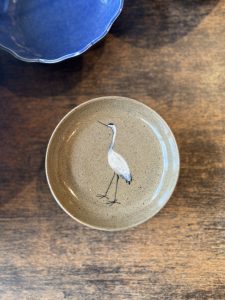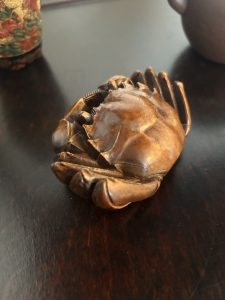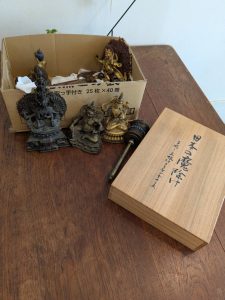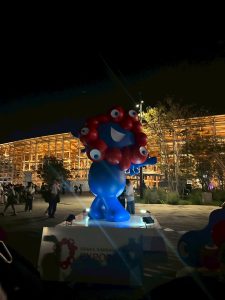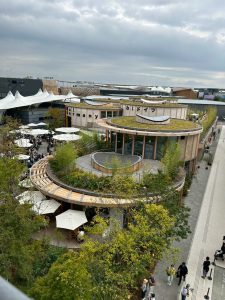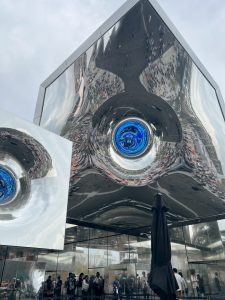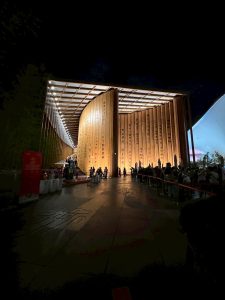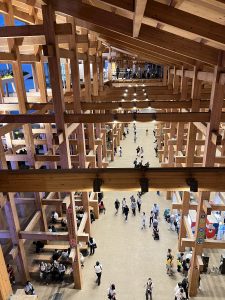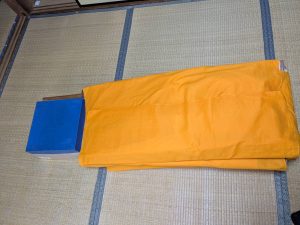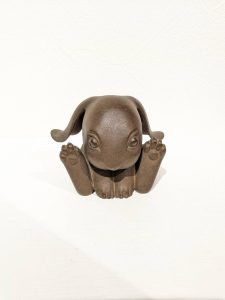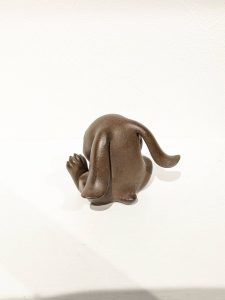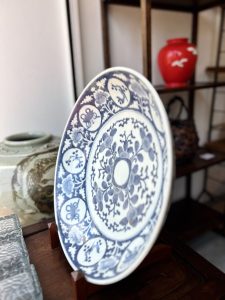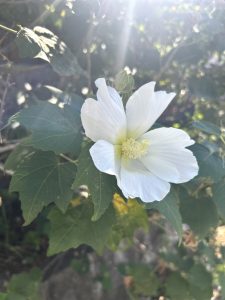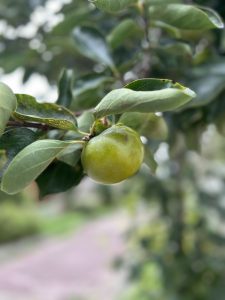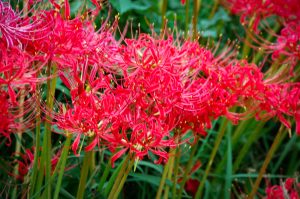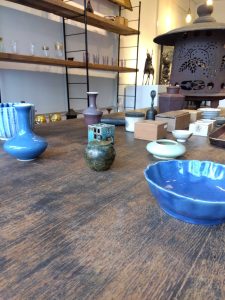昭和は遠くなりにけり…です(愛知県名古屋市千種区姫池通 骨董買取 古美術風光舎)
2025.10.03

涼しくなり、ゆっくりと湯船に浸かりたくなる季節がやってきました。
秋の夜長、ゆっくりお風呂につかりたいときに欠かせないのが入浴剤。ポカポカのお湯に全身つかるため、体の芯まで温められるので大好きです。有効成分が含まれている薬用入浴剤を選べば、疲労回復、冷え症や肩のこり・腰痛などをやわらげる効果もありますし、ラベンダーやローズなどの様々な香りで、疲れた心も癒されますよね。
昭和世代の入浴剤と言えばバスクリンが代名詞でした。入浴剤全てをバスクリンと呼んでいたのは私だけではないと思います。
その「バスクリン」についてのちょっぴりさみしいニュースを目にしました。
入浴剤などを手がける株式会社バスクリン は、2025年12月31日で事業を終了し、2026年1月1日には現在の完全親会社であるアース製薬と合併するとのこと。「バスクリン」「きき湯」「日本の名湯」といった商品シリーズはアース製薬が引き継ぐとのことですが、昭和は遠くなりにけり…ですね。
初めて使った入浴剤はバスクリンでした。オレンジ色の粉をお湯に入れると緑色になるのが楽しくて、「みどりのパラパラしてー」とお願いして、兄妹でお風呂時間を楽しんだ思い出があります。時代は変わってもあの鮮やかに緑に変わる瞬間は今でも好きです。
今も昔も入浴剤が好きで、日本の名湯シリーズ「白濁する登別カルルス」などを使っては、行ったことないけど行ったつもりで楽しんでいました。
今は、きき湯を愛用中なのですが、自分の好みの量を調整できるので、何種類か並べておいていて、好きな香りを選んで使えるのが気に入っています。
そういえば、風呂キャンセル界隈という言葉をよく耳にするほど湯船に浸かる人が減っているようですが、お風呂が快適な空間になればその界隈も減るのでしょうか。湯船に浸かる習慣は、世界で言うと少数派のようですが、湯船に入って浸かった時の心地よさを感じないのはちょっと損な気がします。
また、ドリフのコントでは欠かせない存在でしたね、バスクリン。元々は大爆笑のワンコーナーだったバカ殿でも、志村けんさんのバカ殿と当時のアイドルが風呂に入っていたコントでバスクリンが入ってましたね。お風呂のコントは多かったですが、絶対バスクリンが入っていましたよね?確か全員集合でもバスクリンが入っていた気がします。
スポンサーの意向もあったんでしょうが、視聴時の画質を考慮して、色付きのお湯にしたほうがお風呂らしさが伝わって良いという判断だったのだとか。
130年余の歴史がある会社がなくなってしまうのは寂しく思いますが、「バスクリン」温まったし香りも楽しませていただきましたし、 そして充分笑わせていただきました。
ではでは、また。(スタッフT)
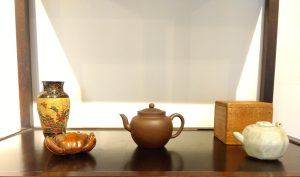
The season has arrived when the air turns cool and you long to soak slowly in the bathtub.
On long autumn nights, bath salts are essential when you want to relax in the tub. I love them because immersing my whole body in the warm water heats me right to the core. Choosing medicated bath salts with active ingredients can also help relieve fatigue, cold sensitivity, stiff shoulders, and lower back pain. Plus, the various scents like lavender or rose soothe a weary mind.
For the Showa generation, bath salts were synonymous with Basclin. I’m sure I wasn’t the only one who called all bath salts “Basclin.”
I recently came across some slightly sad news about that “Basclin.”
Basclin Co., Ltd., which handles bath additives and other products, will cease operations on December 31, 2025, and merge with its current parent company, Earth Pharmaceutical, on January 1, 2026. Earth Pharmaceutical will take over product series like “Basclin,” “Kikiyu,” and “Japan’s Famous Hot Springs.” Ah, the Showa era is fading into the distance…
The first bath salt I ever used was Basclin. I remember how much fun it was when the orange powder turned the water green. My siblings and I would ask for “green sprinkles!” and enjoy bath time together. Even though times have changed, I still love that vivid moment when it turns green.
I’ve always loved bath salts, and even now I enjoy using things like the Japanese Famous Hot Springs series’ “Milky White Noboribetsu Karurusu,” imagining I’m visiting places I’ve never been.
Currently, I’m a big fan of Kiki-yu. I like that I can adjust the amount to my preference, so I keep several types lined up and choose my favorite scent each time.
Speaking of which, I often hear the term “bath cancellation culture” these days, suggesting fewer people are soaking in bathtubs. But if baths became more comfortable spaces, would that culture diminish? Soaking in a tub seems a minority habit globally, but not experiencing that comfort feels like a bit of a loss.
Also, Basclin was an indispensable part of the Drifters’ comedy sketches, wasn’t it? Even in the “Baka-dono” segment, originally a big laugh corner, the sketch where Ken Shimura’s Baka-dono and an idol of the time were bathing had Basclin in it. There were many bath-themed sketches, but Basclin was absolutely always in them, right? I’m pretty sure it was in the “Zettai Zenkōshū” sketches too.
It was probably partly due to the sponsor’s wishes, but I heard the decision was made that colored water would better convey the bath atmosphere and look better on screen.
It’s sad to see a company with over 130 years of history disappear. But “Bathclin” warmed us up, let us enjoy its scent, and gave us plenty of laughs.
Well then, see you later. (Staff T)
*******************
ご実家の整理やお片付けなどをされている方のご相談などが多くございます。
お片付けなどくれぐれもご無理のないようになさってくださいませ。
風光舎では古美術品や骨董品の他にも絵画や宝石、趣味のお品など様々なジャンルのものを買受しております。
お片付けをされていて、こういうものでもいいのかしらと迷われているものでも、どうぞお気軽にご相談下さいませ。
また風光舎は、出張買取も強化しております。ご近所はもちろん、愛知県内、岐阜県、三重県その他の県へも出張いたします。
まずは、お電話お待ちしております。
愛知県名古屋市千種区姫池通
骨董 買取【古美術 風光舎 名古屋店】
TEL052(734)8444
10:00-17:00 OPEN
#出張買取#骨董#古美術#骨董品#絵画#版画#茶道具#刀剣#彫刻

